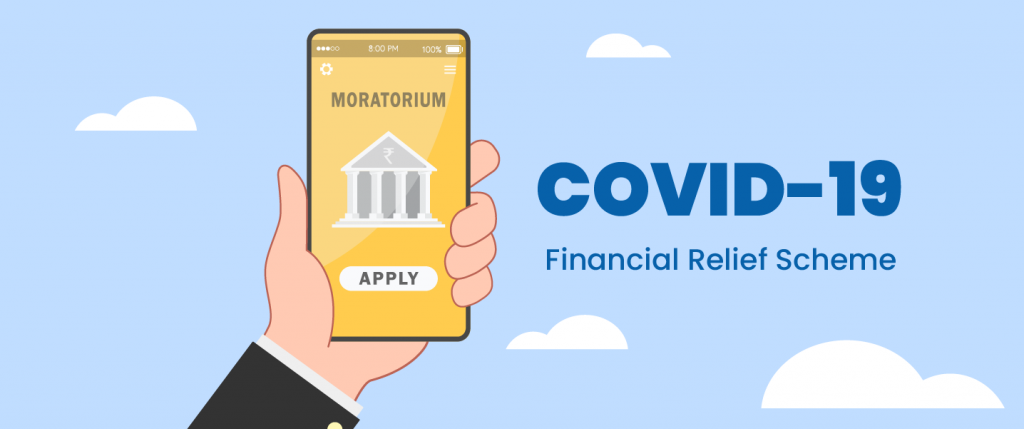Opt-in / Opt-out conundrum
The expectation and practice of certain banks presuppose that every borrower has been financially impacted and created a mandatory ‘opt-in’ for customers to avail a moratorium for their EMIs. This technically implies that customers are forced to accept the moratorium, unless they specifically ‘opt-out’, and have to bear interest for such period even if they did not want to in the first place; setting a unsafe precedent especially in the credit card sector where the interest payouts are higher for individual cardholders.
Additionally, for the uninitiated, the mandatory ‘opt-in’ could also have an unintended consequence where the customers are not aware of such automatic ‘opt-in’ leading the customer to pay the increase cost on their loan. This subtle nudge of ‘opt-in’ manipulates the choice architecture of an unsuspecting individual who bites into the noble idea of social welfare (greater good by loan extension) without considering compromised personal benefit (interest rates accrued during the moratorium period).
Norms for moratorium
While the moratorium affords a genuine relief for some business entities impacted by the outbreak, the lack of ability of banks to determine and fix eligibility criteria or parameters for granting such dispensation seems to be a larger policy issue.
It is widely believed that banks being unable to independently evaluate each borrower account and having to grant moratorium merely on account of Covid-19 (and having to disregard past antecedents of a case) creates stress for banks especially at a time of when they are facing a liquidity crunch given their own reduced cash inflow.
The change in the RBI’s intent on applicability of moratorium and April 17 policy on Covid-19 Regulatory Package – Asset Classification and Provisioning, provided an augmented stimulus permitting borrowers to defer their EMIs in relation to their loans prior to March 27 even in cases where such loans were under default (but not a non-performing asset).
The benefit of moratorium of past and future EMIs has also been engaged by borrowers, till the extended term of August 2020, who have been in serious debt crisis even long before the onset of Covid-19 to use this opportunity to keep lenders at bay till they have identified solution without the enforcement threat.
Way forward
For borrowers already in default, accruing of interest is less of an issue. As time runs after August 2020, with the suspension of the Insolvency and Bankruptcy Code, it will be interesting to see the options adopted by borrowers and lenders for resolving such debt. Innovative ways of restructuring will certainly rewrite how Indian lenders and borrowers have adapted to financial distress and the NPA menace.



